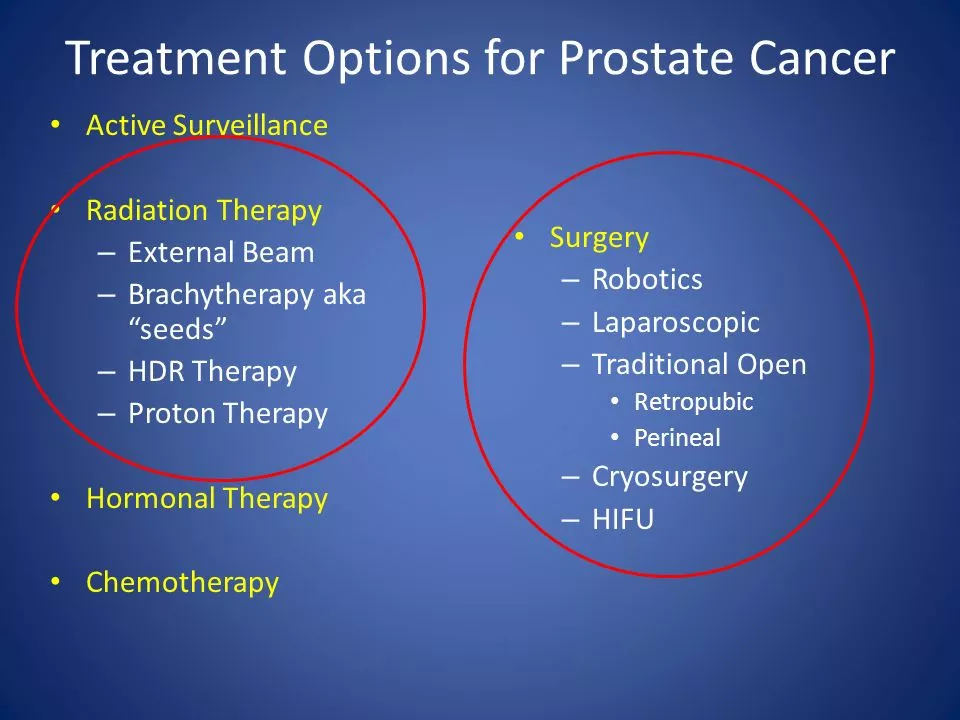If you’ve heard the term “prostate cancer” and felt a mix of worry and curiosity, you’re not alone. It’s the most common cancer among men over 50, but that doesn’t mean it has to be a death sentence. Understanding the basics—what it is, how it shows up, and what you can do about it—gives you power to act early and stay in control.
The prostate sits just below the bladder, so many men don’t notice anything until something changes. Trouble peeing, a weak stream, frequent trips to the bathroom (especially at night), or blood in the urine are red flags you shouldn’t ignore. Some guys also feel pain in the lower back, hips, or thighs; that can signal the cancer has spread.
But here’s the kicker: early‑stage prostate cancer often has no symptoms at all. That’s why routine screening matters. The PSA (prostate‑specific antigen) blood test is a quick way to catch rising levels, and a digital rectal exam (DRE) gives doctors a feel for any lumps. If you’re 45 or have a family history of the disease, talk to your doctor about getting tested now rather than later.
When cancer is caught early, many men opt for active surveillance—regular PSA checks and occasional imaging—to keep an eye on it without jumping straight into treatment. If the tumor grows or you prefer a more aggressive approach, options include surgery (radical prostatectomy), radiation (external beam or brachytherapy), hormone therapy, and newer targeted therapies.
Surgery removes the gland but can affect urinary control and sexual function. Radiation targets cancer cells while sparing most surrounding tissue; side effects are usually milder but still possible. Hormone therapy lowers testosterone, slowing tumor growth, yet it may cause fatigue or bone thinning if used long‑term. Talk with your oncologist about what fits your age, health, and personal preferences.
Living with prostate cancer also means looking after everyday habits. Eating plenty of fruits, vegetables, and healthy fats—think tomatoes, berries, olive oil—helps support overall health. Regular exercise, especially strength training, can improve urinary function and boost mood. And if you smoke, quitting is one of the quickest ways to lower your risk of progression.
Bottom line: prostate cancer is common, but it’s also highly treatable when caught early. Stay alert for symptoms, get screened on schedule, and discuss every treatment option with a trusted doctor. By staying informed and proactive, you give yourself the best shot at a healthy future.

As a blogger, I recently delved into understanding the cost-effectiveness of abiraterone in prostate cancer treatment. What I've discovered is that abiraterone has shown promising results in improving the survival rate and quality of life for patients with advanced prostate cancer. However, the high cost of this treatment may limit its accessibility for many patients. It's crucial for healthcare systems and insurance providers to consider the balance between the benefits and costs of abiraterone to maximize its potential. Overall, I believe it's essential to continue researching more cost-effective alternatives while advocating for better financial support for those who need this life-saving treatment.
In my latest blog post, I've tackled some common myths surrounding breathing disorders. I've busted several misconceptions like the belief that asthma is always outgrown in adulthood, or that sleep apnea only affects overweight individuals. By shedding light on these misconceptions, I hope to provide a clearer understanding of these conditions, and remind everyone that proper diagnosis and treatment are crucial. Breathing disorders are serious and shouldn't be taken lightly, and it's high time we separate fact from fiction. Stay tuned for more health myth-busting posts!
Learn how to set up and safely use an insulin pump for diabetes management. Understand basal rates, bolus types, site care, and real-world safety tips to avoid dangerous complications.
As a blogger, I've come across some interesting information about the connection between atrophic gastritis and gastric cancer. Atrophic gastritis is a chronic inflammation of the stomach lining, which leads to the loss of gastric glandular cells and their eventual replacement by intestinal and fibrous tissues. This condition is considered a significant risk factor for gastric cancer, as it causes a gradual decline in gastric acid production and an increase in the production of gastrin, a hormone that promotes cell growth. With the loss of normal stomach function, the risk of developing gastric cancer significantly increases, especially in cases of autoimmune or H. pylori-induced gastritis. It's crucial to monitor and manage atrophic gastritis symptoms to reduce the risk of gastric cancer and maintain overall digestive health.
Psychiatric polypharmacy-taking multiple mental health medications at once-is common but often unsupported by evidence. Learn why it happens, the risks involved, and how to safely reduce unnecessary drugs without losing stability.
This in-depth article takes a close look at natural desiccated thyroid (NDT) and levothyroxine, two major treatments for hypothyroidism. It breaks down dosing differences, reviews real-life satisfaction among patients, and discusses who's most likely to benefit from each type. If you're wondering which thyroid medication may fit your needs—or you're simply curious about how these options stack up—read on for a straightforward, fact-packed comparison.